Introduction
Dumplings, a beloved culinary treasure cherished across continents, hold a special place in global gastronomy. From the steaming baskets of Chinese jiaozi to the golden-crusted Polish pierogi, these bite-sized delights transcend cultural boundaries. At their core lies the filling—a harmonious blend of ingredients that defines the dumpling’s character. Among the myriad variations, the pork and cabbage dumpling stands as a timeless classic, revered for its balance of savory richness and refreshing crunch. This article delves into the intricacies of crafting the perfect pork and cabbage dumpling filling, exploring techniques, flavor nuances, and expert tips to elevate your dumpling-making prowess.
The Significance of Dumpling Fillings
Dumplings are more than mere sustenance; they are vessels of tradition, love, and celebration. In Chinese culture, dumplings symbolize wealth and prosperity, often enjoyed during Lunar New Year festivities. The filling, therefore, is not merely a mixture of ingredients but a testament to culinary artistry. A well-executed filling balances flavor, texture, and aroma, ensuring each bite is a symphony of taste.
Ingredients: The Foundation of Flavor
Creating a memorable pork and cabbage filling begins with selecting quality ingredients. Each component plays a pivotal role:
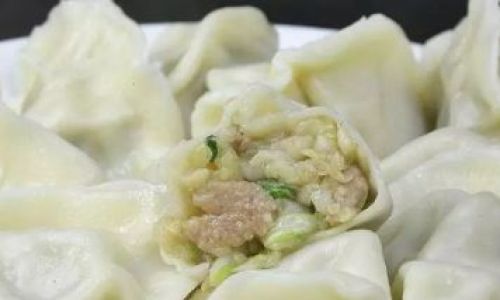
- Pork: Opt for ground pork with a fat content of 20-30%. The fat melts during cooking, imbuing the filling with juiciness and depth. Leaner cuts may result in dry, crumbly dumplings.
- Cabbage: Napa cabbage, with its delicate leaves and mild sweetness, is traditional. However, green cabbage offers a heartier texture. The key is to manage moisture to prevent sogginess.
- Aromatics: Fresh ginger and garlic provide a pungent backbone, while green onions (scallions) add a bright, grassy note.
- Seasonings: Soy sauce, sesame oil, Shaoxing wine, and white pepper form the flavor base. Sugar can balance saltiness, while a pinch of MSG (optional) enhances umami.
- Binders: Cornstarch or egg white acts as a gentle adhesive, ensuring the filling cohesively without becoming dense.
Preparation: A Symphony of Steps
Preparing the Cabbage
Cabbage, being water-rich, demands careful handling to avoid a watery filling. Begin by finely shredding the cabbage, discarding the tough core. Sprinkle with salt (1 teaspoon per 500g cabbage) and toss thoroughly. Let it rest for 20-30 minutes, allowing salt to draw out excess moisture. Rinse the cabbage under cold water, squeeze dry, and pat with paper towels. This step is critical—overlooked, and your dumplings risk becoming soggy; done right, the cabbage retains its crispness.
Marinating the Pork
Place the ground pork in a mixing bowl. Add minced ginger, garlic, and a splash of Shaoxing wine. Massage the mixture gently, ensuring the aromatics are evenly distributed. Let it marinate for 15-20 minutes. This brief rest allows the meat to absorb the flavors, yielding a more cohesive filling.
Combining Ingredients
In a large bowl, combine the marinated pork, drained cabbage, chopped green onions, soy sauce, sesame oil, white pepper, and a pinch of sugar. For binding, add 1-2 tablespoons of cornstarch or one egg white. Mix thoroughly but gently—overmixing can toughen the meat. The goal is a cohesive, slightly sticky mixture that holds together when pinched.
Seasoning to Perfection
Taste is subjective, so adjust seasonings judiciously. Fry a small patty of the filling in a pan until cooked through. Taste and adjust—add more soy sauce for saltiness, sesame oil for nuttiness, or a dash of vinegar for acidity. This step ensures the filling is perfectly balanced before assembly.
Flavor Enhancements and Variations
Umami Boosters
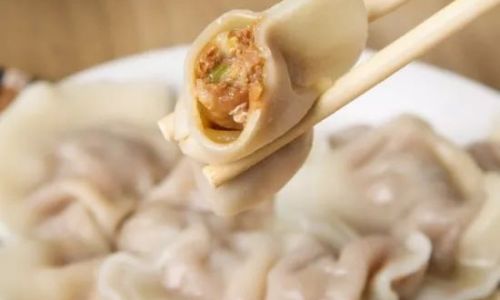
- Dried Shrimps or Mushrooms: Soak and mince dried shrimp or shiitake mushrooms for an intense savory kick.
- Fermented Bean Paste: A teaspoon of doubanjiang adds earthy complexity.
Aromatic Infusions
- Cilantro or Chives: Finely chopped herbs introduce freshness.
- Five-Spice Powder: A pinch imparts warmth and depth.
Vegetarian Twists
Replace pork with minced tofu or mushrooms. Sauté the filling to evaporate excess moisture, mimicking meat’s texture.
Regional Adaptations
- Sichuan Style: Incorporate chili oil and Sichuan peppercorns for a fiery twist.
- Korean Mandu: Add kimchi and gochujang for a tangy-spicy profile.
Troubleshooting Common Pitfalls
- Soggy Filling: Ensure thorough cabbage salting and drying. Overfilling dumplings can also lead to bursting; aim for 1.5 tablespoons of filling per wrapper.
- Dry Texture: Increase fat content or add a tablespoon of chicken broth. Avoid overcooking.
- Bland Flavor: Amplify seasonings incrementally. Remember, flavors mellow during cooking.
- Tough Filling: Mix gently and avoid compacting the mixture. Let the filling rest briefly before assembling.
Cultural Context and Regional Nuances
Dumplings vary widely across China, reflecting local ingredients and traditions. In northern regions, where wheat dominates, dumplings are larger and heartier. Southern styles favor thinner wrappers and delicate fillings. Japanese gyoza often include cabbage and garlic chives, while Vietnamese bánh bao incorporates hard-boiled eggs. Understanding these nuances allows for creative adaptation while honoring tradition.
Tools and Techniques for Dumpling Mastery
- Knives: A sharp chef’s knife ensures even mincing of aromatics and cabbage.
- Mixing Bowls: Use stainless steel or glass bowls for easy cleanup.
- Dumpling Press: For beginners, a press ensures uniform folding, though hand-folded dumplings boast a rustic charm.
- Bamboo Steamer: For steaming, line with parchment to prevent sticking.
Cooking Methods: Beyond Boiling
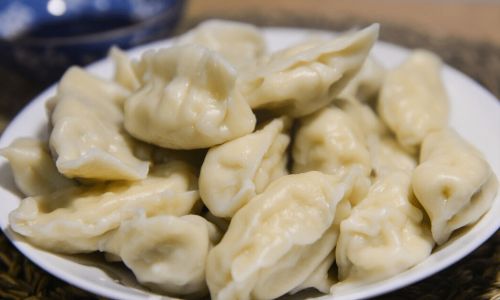
- Pan-Frying (Potstickers): Sear dumplings in a hot pan until crispy, then add water and cover to steam. The result: a golden, lacy crust.
- Steaming: Preserves the filling’s moisture and highlights delicate flavors.
- Boiling: A classic method yielding plump, tender dumplings.
Storing and Freezing
- Uncooked Filling: Freeze in airtight containers for up to three months. Thaw overnight before use.
- Assembled Dumplings: Place on a baking sheet, freeze until solid, then transfer to freezer bags. Cook directly from frozen to prevent sogginess.
Conclusion: The Joy of Dumpling-Making
Crafting pork and cabbage dumpling filling is an act of love—a dance between precision and creativity. Each batch offers an opportunity to refine techniques, experiment with flavors, and connect with culinary heritage. Whether shared around a family table or enjoyed solo, these dumplings encapsulate comfort and joy. As you embark on your dumpling journey, remember that perfection lies not in flawless folds but in the heart poured into every bite.
Final Pro Tip: Pair your dumplings with a dipping sauce of soy sauce, vinegar, chili oil, and minced garlic. The sauce complements the filling’s richness, elevating the entire experience.
With patience and practice, your pork and cabbage dumplings will rival those of seasoned chefs. Embrace the process, savor the results, and let the aroma of sesame oil and ginger fill your kitchen—a testament to the timeless allure of homemade dumplings.
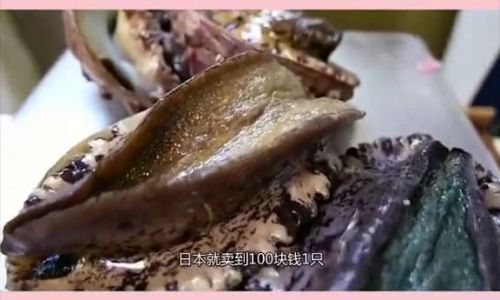

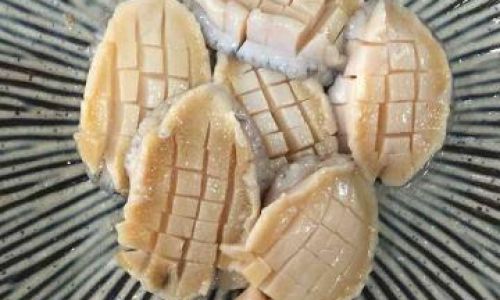
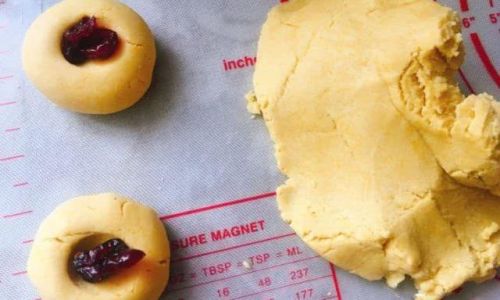
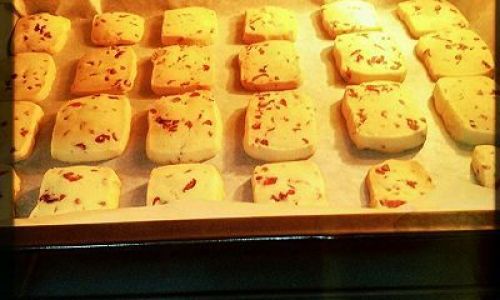
0 comments